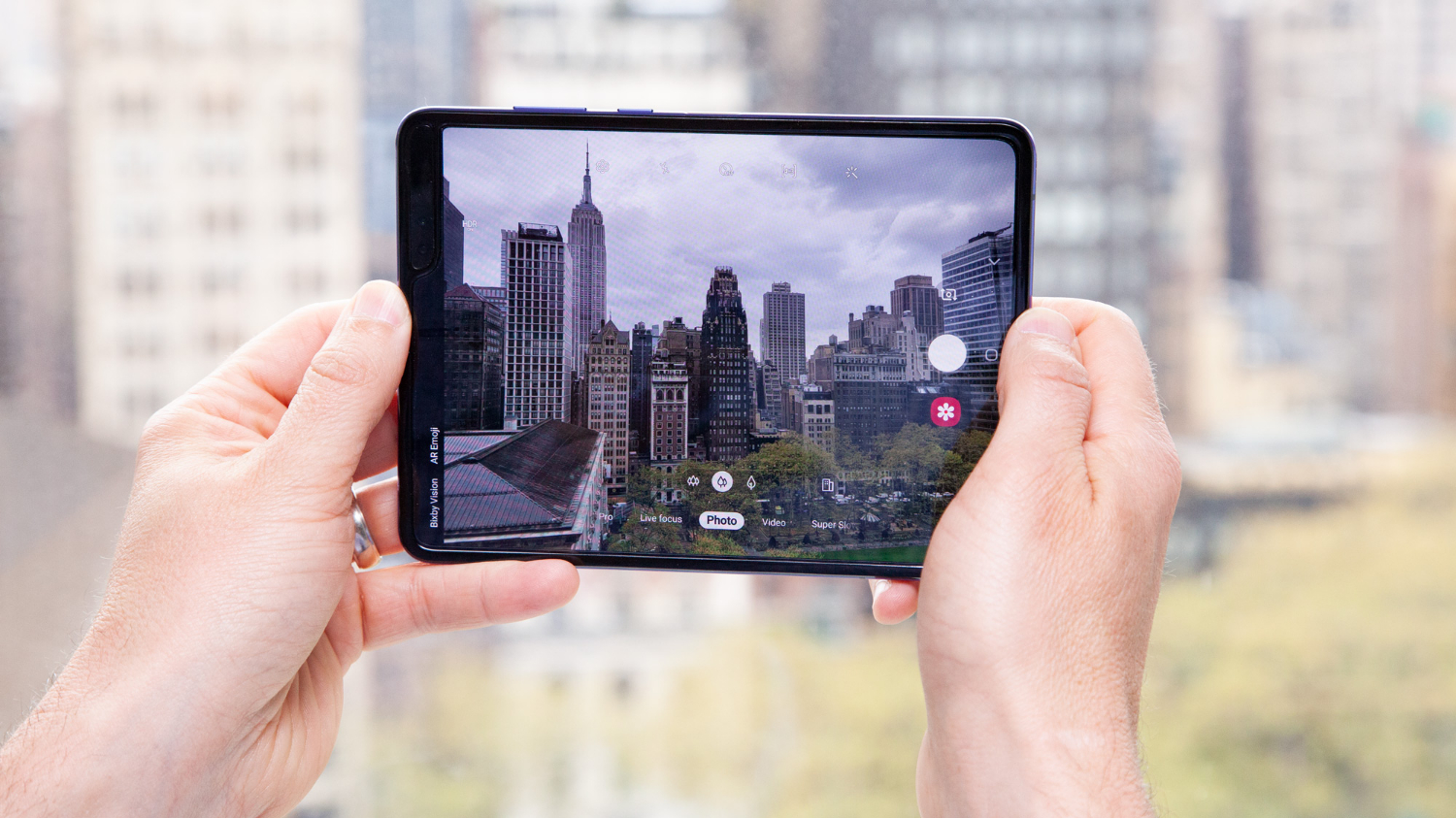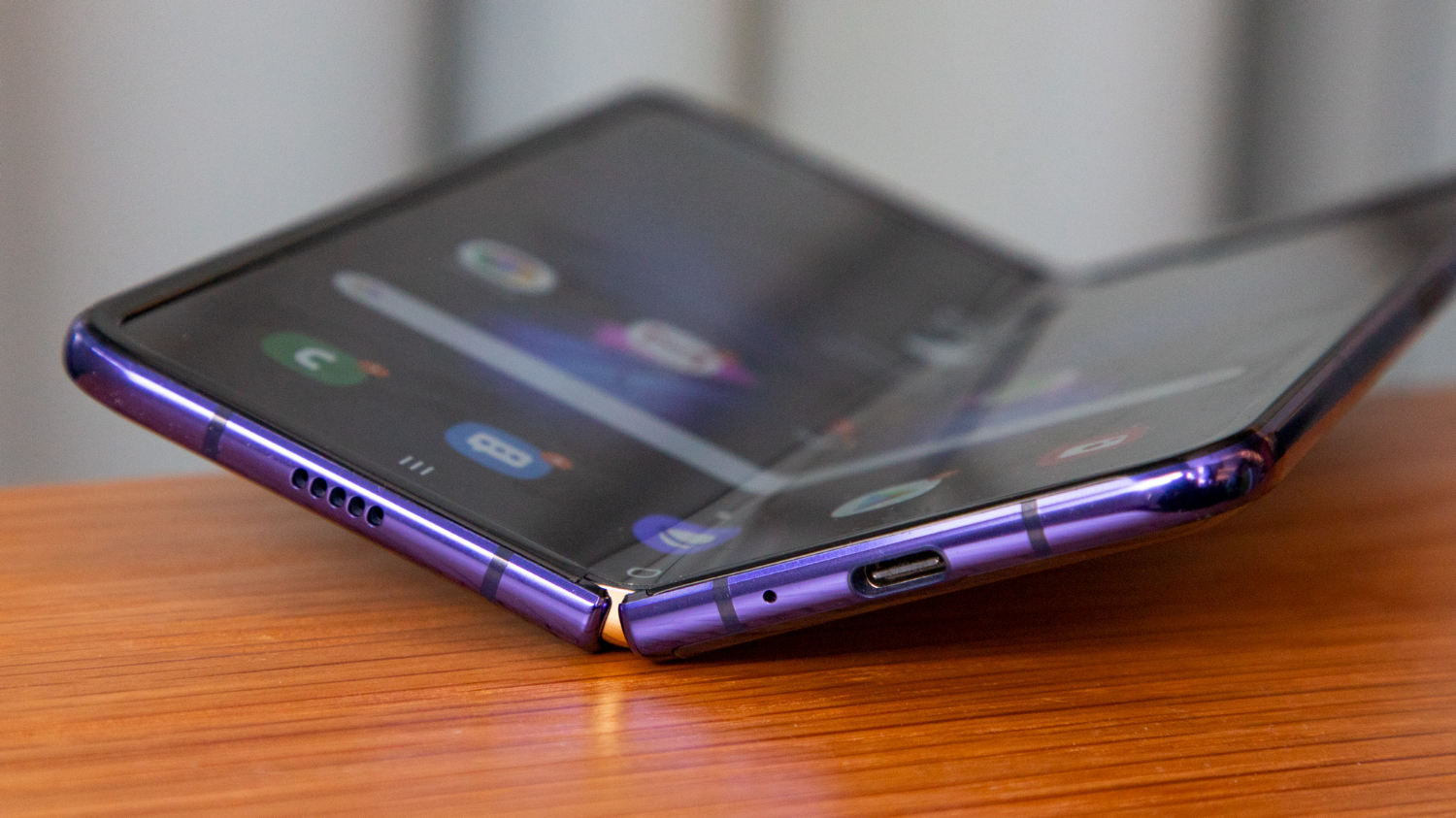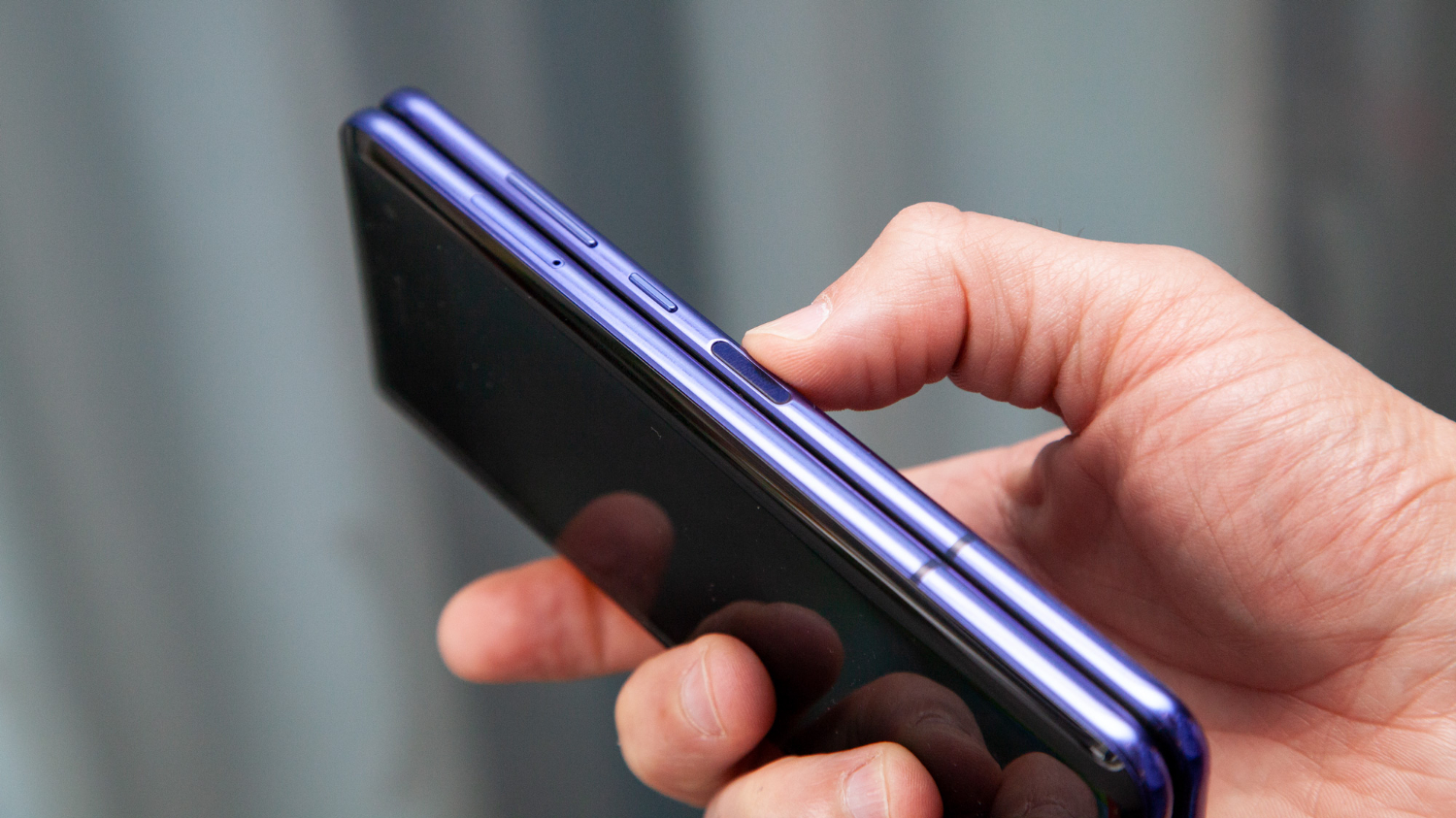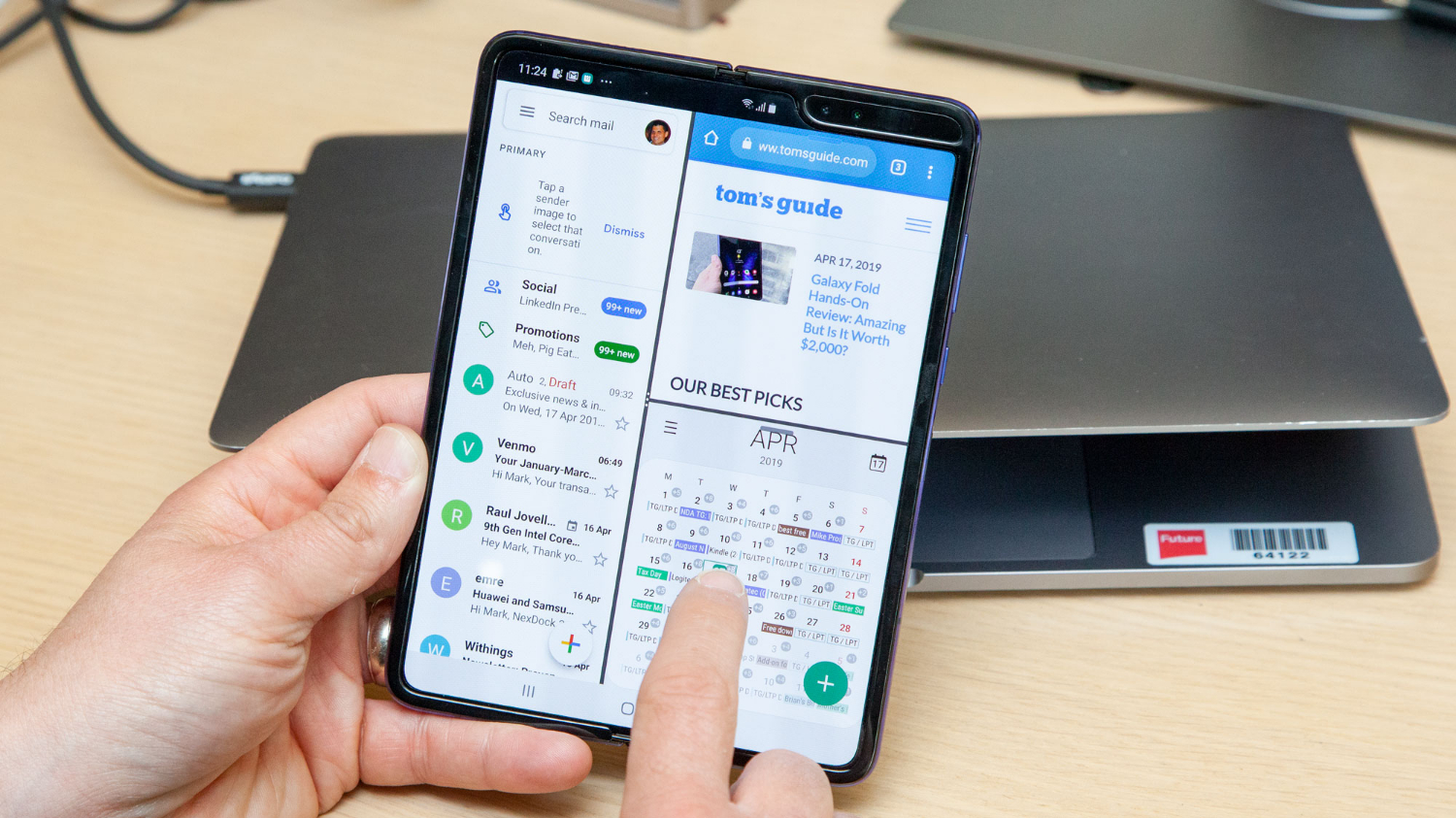7 Fixes the Galaxy Fold Needs Before It's Released for Real
From addressing durability and usability issues to the price, here’s what Samsung needs to do to make the Fold better.
Between broken and flickering screens and an avalanche of negative reactions on social media and TV, the Galaxy Fold’s launch has been a disaster. But now Samsung has delayed the launch for an indefinite number of weeks.

What can Samsung do to fortify this delicate device? And what else can it do to make the Fold more appealing to early adopters willing to invest in a first-of-its-kind phone? Here’s what the company needs to do between now and the re-launch. And be sure to check out our full Galaxy Fold review to see all the pros and cons so far.
Fill in the gaps
A new teardown from iFixit of the Galaxy Fold reveals that there’s a 7-mm gap between the bezel and where the two halves of the screen meet (by the crease). There’s also “large gaps around the spine” that can let dirt in and possibly get trapped between the hinge and display.

Samsung needs to find a way to fill in these gaps to prevent debris from wrecking the display. In at least two cases it seems that something got caught between the hinge and the screen, causing it to bubble up and ruin the visual experience.
Make it much harder to remove the protective layer
While Samsung says it will make warnings not to remove a protective film on the Galaxy Fold more prominent, it should also find a way to make that layer more difficult to peel off. There are going to be people who will simply ignore warnings. Or imagine if a child gets a hold of a Fold and starts to pick at one of the corners. Maybe it’s a matter of strengthening the adhesive, but something needs to be done.
Let the fingerprint sensor wake up the Galaxy Fold

In a strange design decision, Samsung decided to separate the power button and fingerprint sensor on the Galaxy Fold. The fingerprint sensor also happens to double as the Bixby button. Why make users press a button and then another to wake up the device? I say allow the fingerprint sensor to wake up the phone, so all you would need to do is lay your finger on it to power on the Fold and unlock it.
Lower the price

Look, the Galaxy Fold should be expensive because there’s a lot of new technology packed inside, and a lot of R&D that went into it. But now the Galaxy Fold has a bad reputation Samsung needs to overcome, and I think it needs to offer a lower promotional price at least for a limited time. A price of $1,500 sounds more reasonable, as it’s still $500 above the most premium flagships like the Galaxy S10 Plus.
Let people activate Quick Settings from the right side of the display

At least with the current design of the Galaxy Fold, there’s nothing that can be done about the big notch in the top right corner of the 7.3-inch display. You can hide it in software, but it doesn’t look good. The bigger problem is that you can’t swipe down from that area to see your notifications and quick settings menu. Samsung should adjust the software so you don’t have to swipe down from the middle of the screen.
Support swipe typing
At least for now, the Galaxy Fold supports a couple of different keyboard layouts, including a regular one and a split layout that is designed to speed up typing. But it’s really calling for a swipe-type keyboard. At least as of now, third-party keyboards like SwiftKey and Gboard work with the Galaxy Fold, but as Android Central reports, they’re not optimized for the larger display when it’s unfolded. I’m hoping that changes as more developers get their hands on this device.
Enlarge the front display

This one is a pipe dream and won’t happen in a matter of weeks, but I strongly believe that Samsung should redesign the Fold so that the front display is larger than 4.6 inches. The small panel makes it nearly unusable, with the exception of very quick interactions like checking emails, Slack notifications and changing tracks in Spotify or Pandora. I would go for 5 inches if possible.
Credit: Tom's Guide
- Despite Galaxy Fold Debacle, Foldable Phones Will Rise
- Best Smartphones: 10 Best Phones Right Now
- Huawei Mate X Hands-on Review: Samsung Should Be Scared
Get instant access to breaking news, the hottest reviews, great deals and helpful tips.
Mark Spoonauer is the global editor in chief of Tom's Guide and has covered technology for over 20 years. In addition to overseeing the direction of Tom's Guide, Mark specializes in covering all things mobile, having reviewed dozens of smartphones and other gadgets. He has spoken at key industry events and appears regularly on TV to discuss the latest trends, including Cheddar, Fox Business and other outlets. Mark was previously editor in chief of Laptop Mag, and his work has appeared in Wired, Popular Science and Inc. Follow him on Twitter at @mspoonauer.

